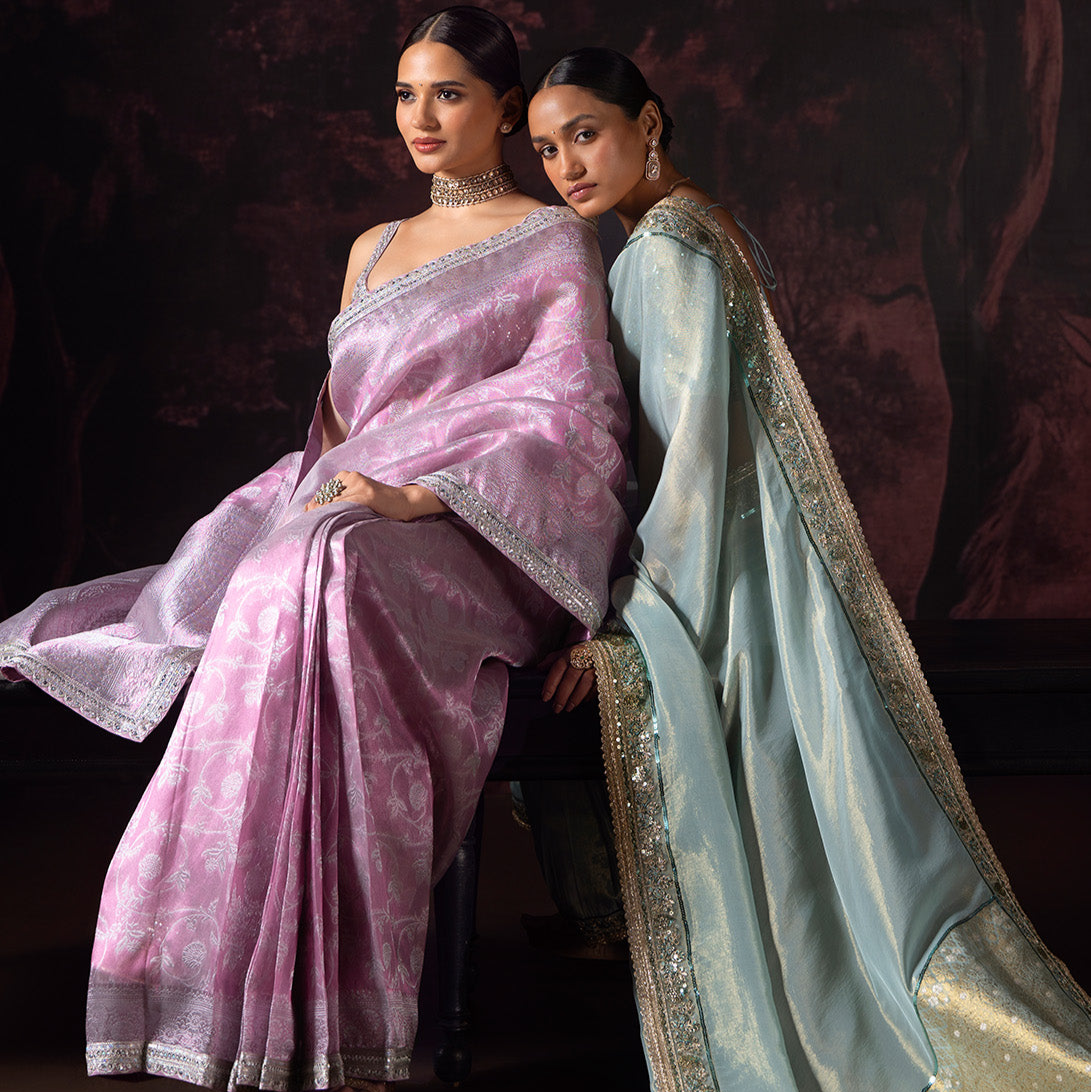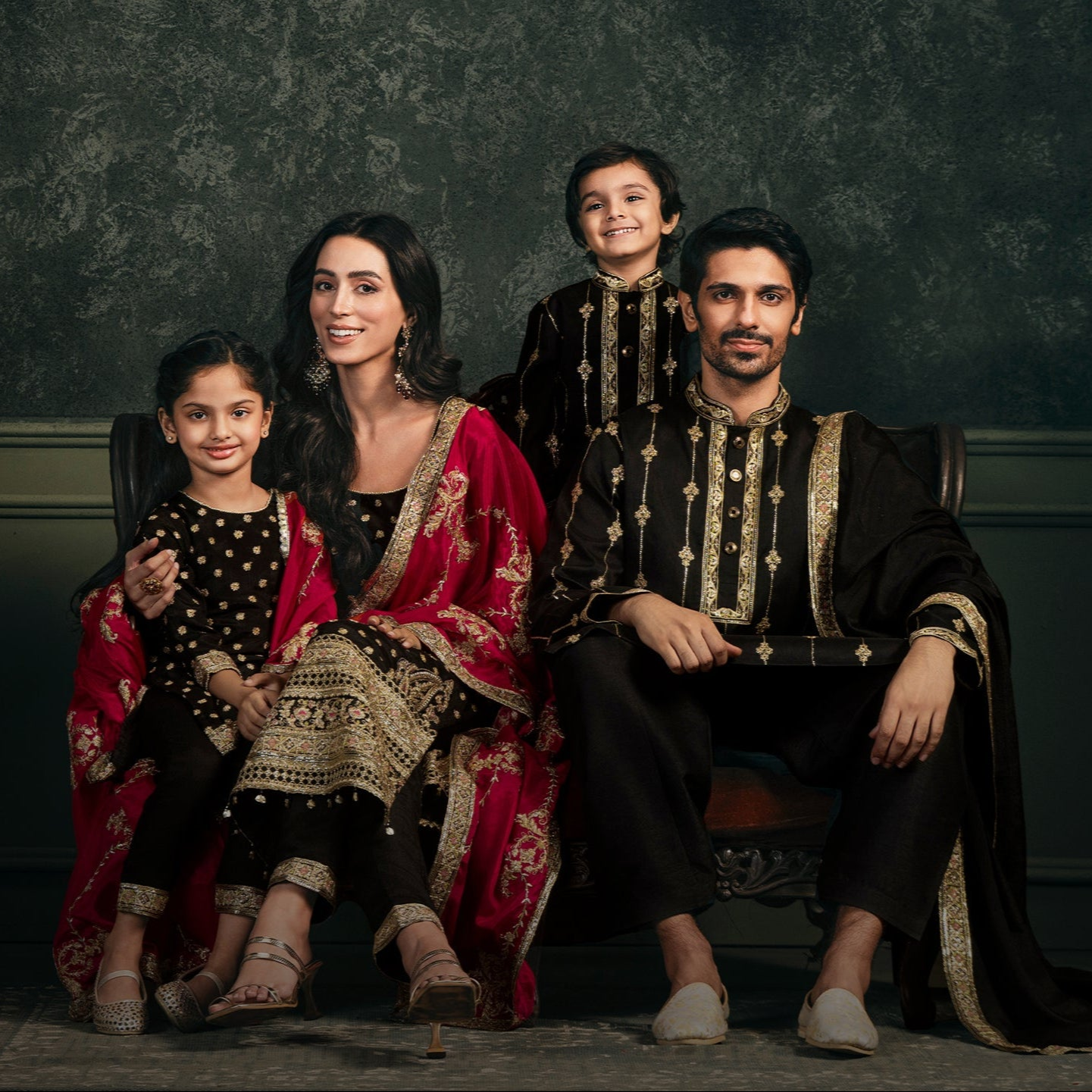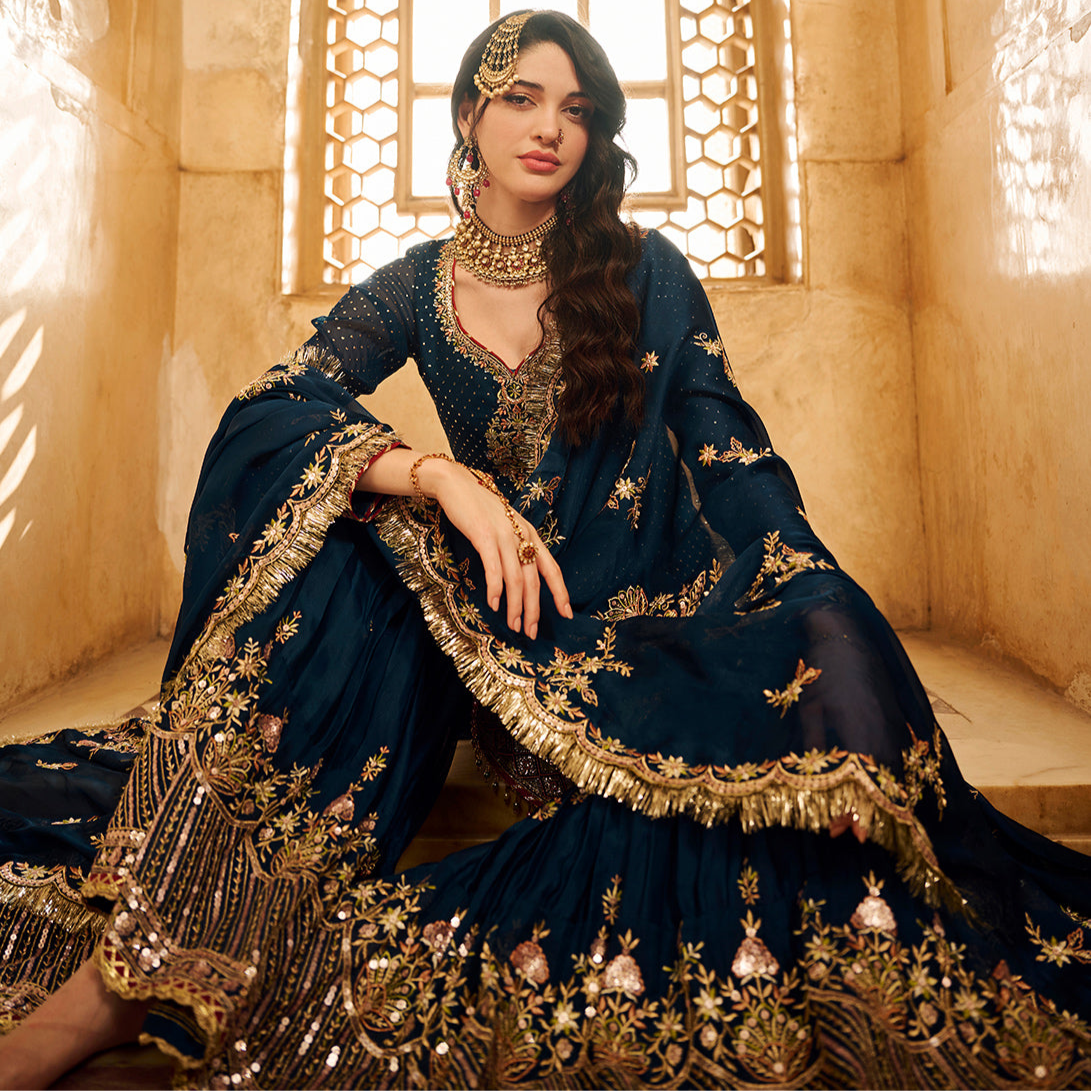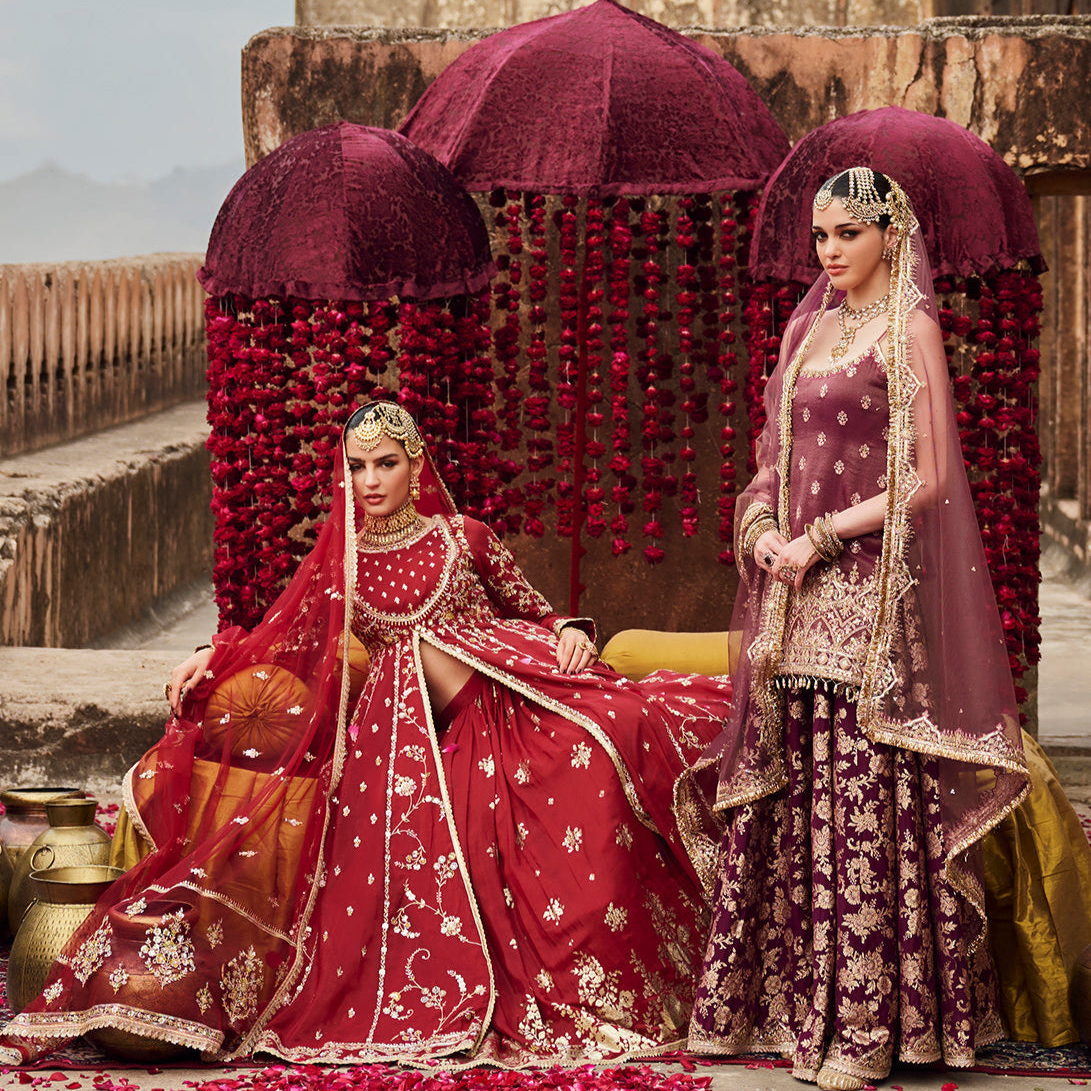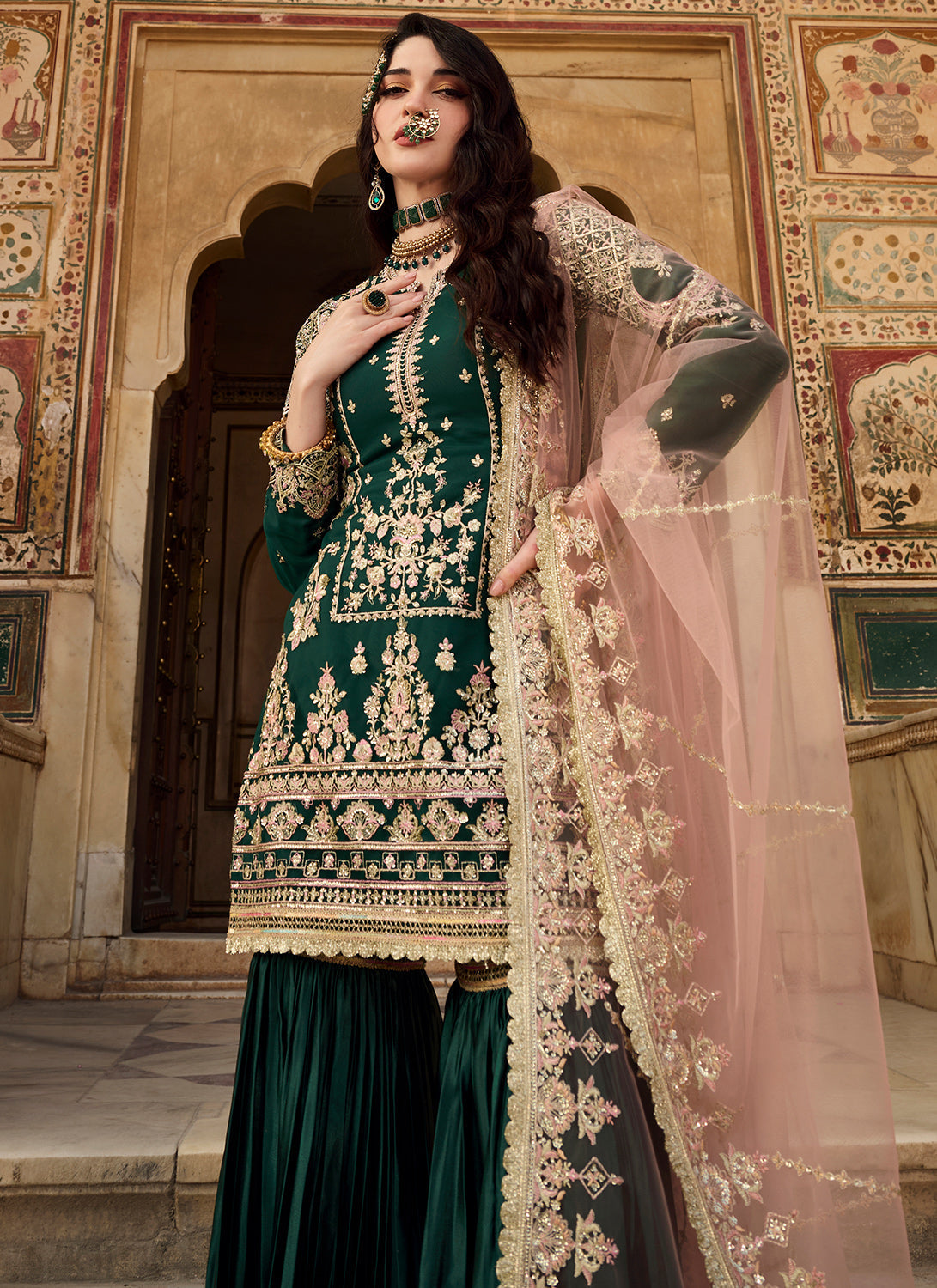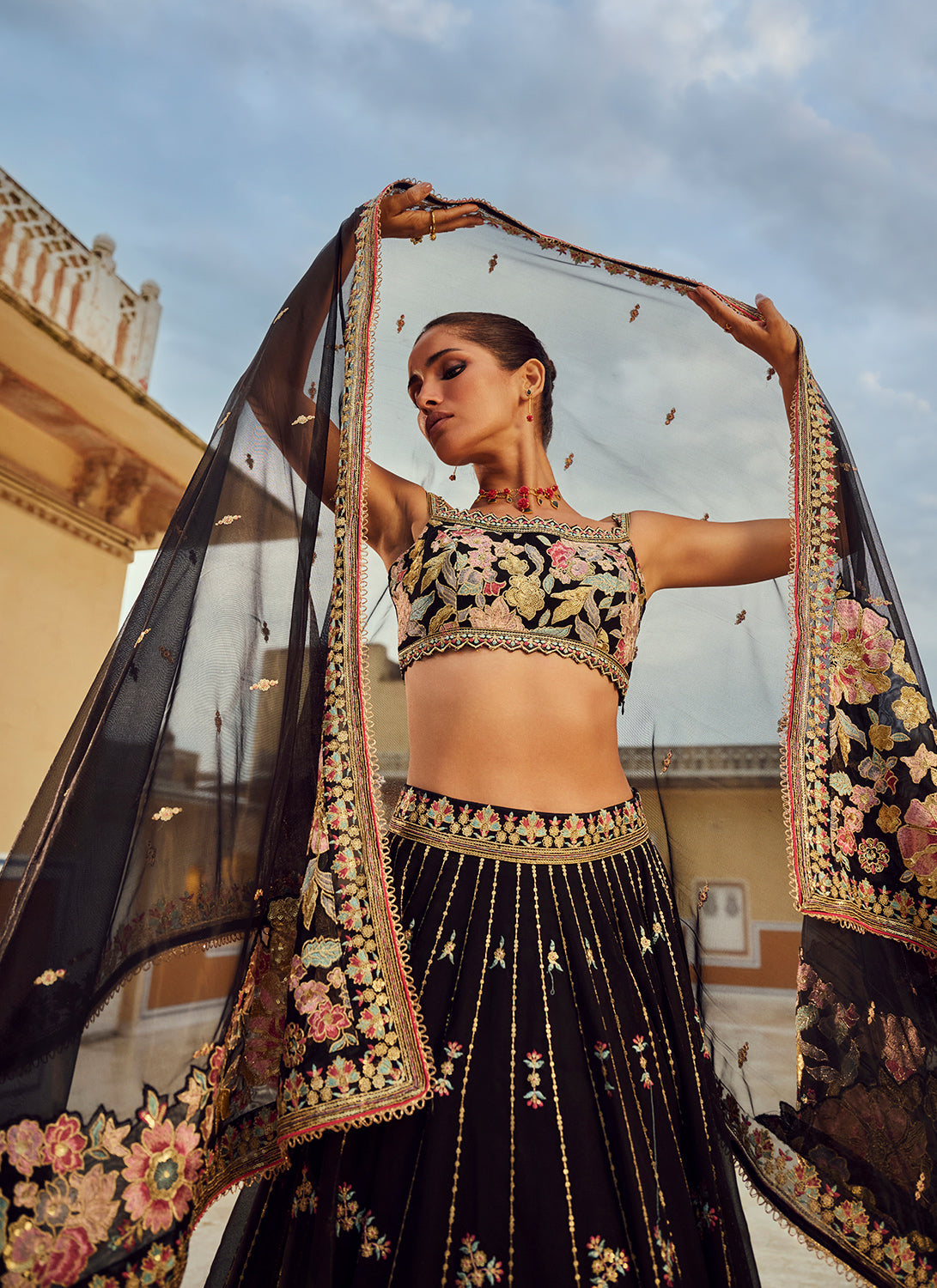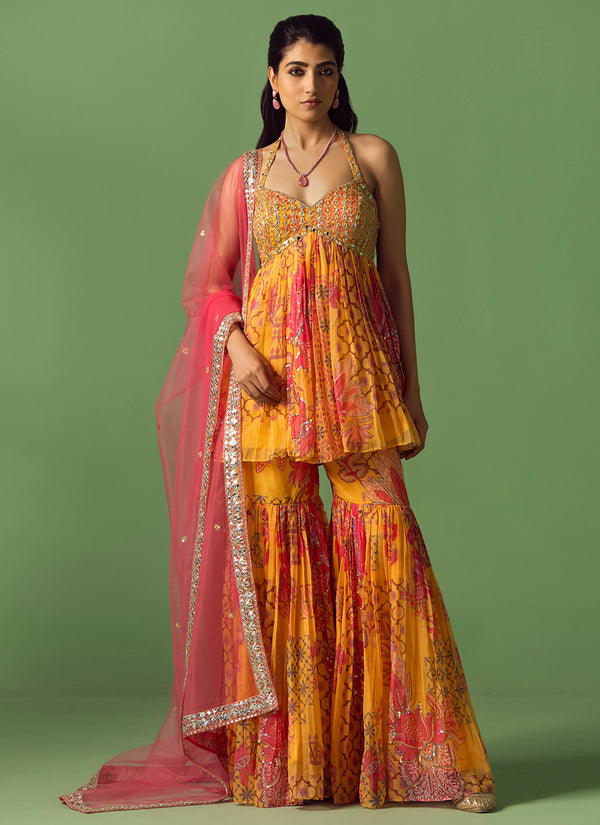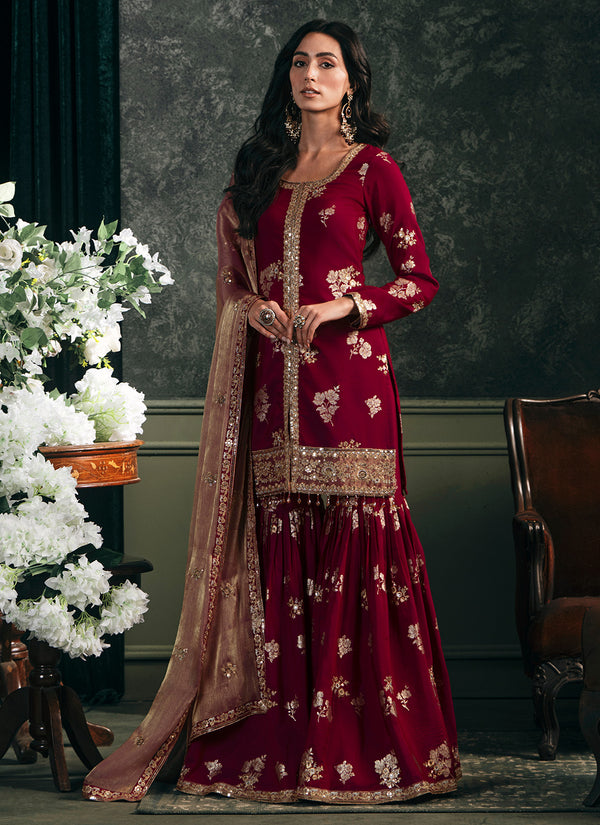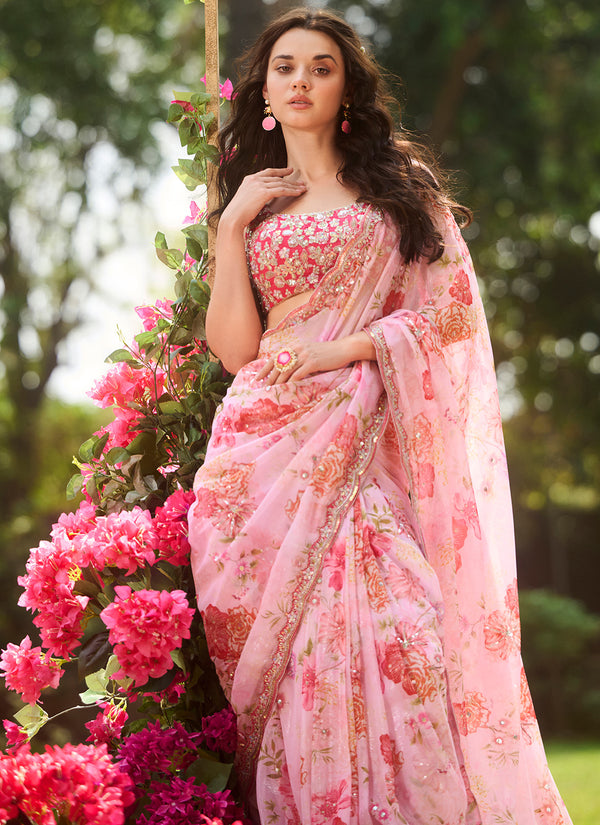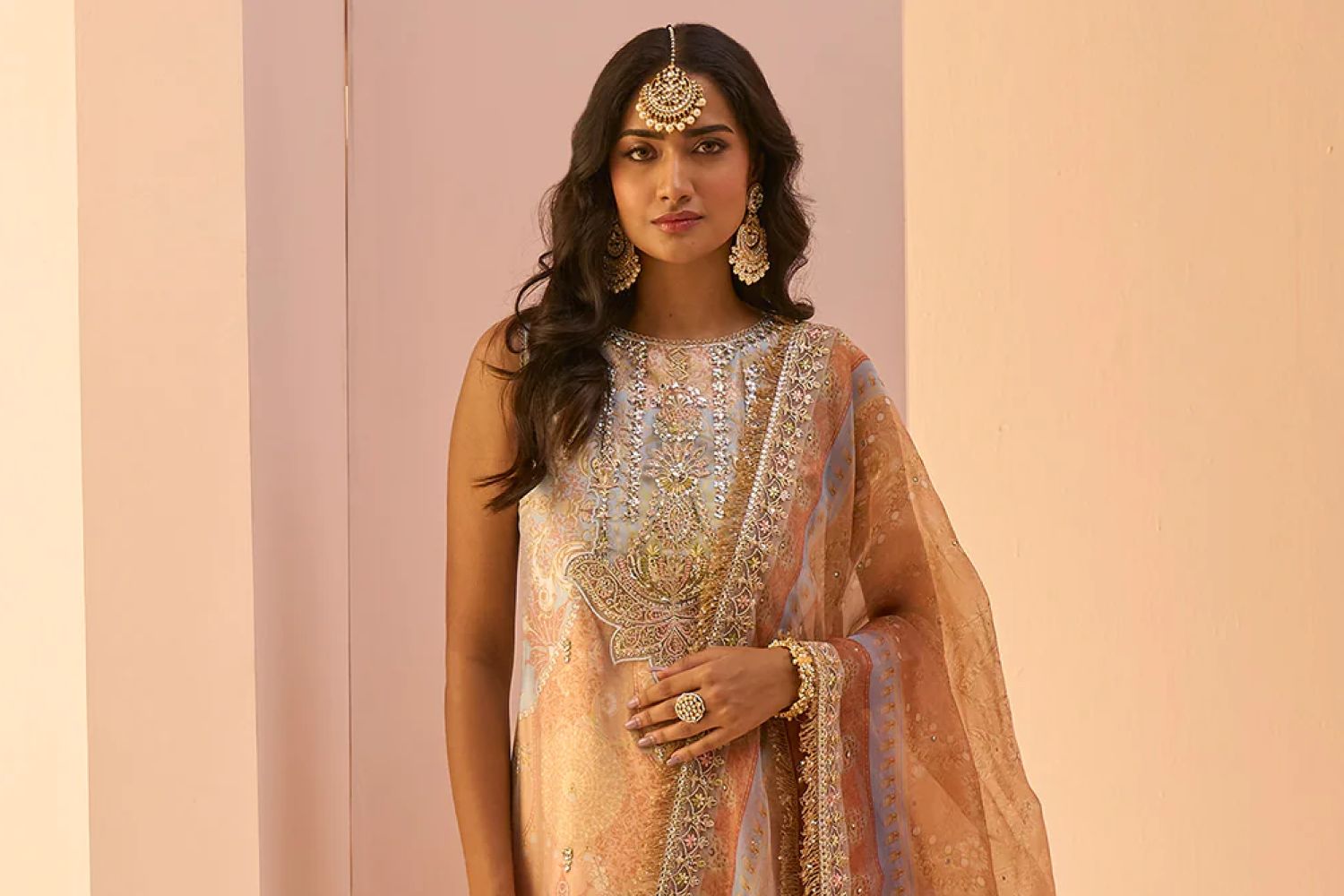
What is the Holi Festival? The Story Behind Holi Celebrations
When is Holi 2025?
Holi is celebrated every year on the full moon day of the Hindu month of Phalguna, marking the transition from winter to spring. In 2025, Holi will be observed on March 14, with Holika Dahan taking place the night before on March 13.
The lunar calendar determines the festival date, making it shift slightly each year. Holi is one of the most widely celebrated Hindu festivals, bringing people together in a vibrant display of colors, joy, and festivity. The changing of the seasons is significant in many cultures, and for Hindus, Holi represents the renewal of life, the blossoming of nature, and the triumph of positivity over darkness.
People eagerly anticipate Holi, preparing weeks in advance by gathering colors, sweets, and festive attire. The festival is a time of joyous reunions, where families and friends come together to celebrate with laughter, music, and dance.
What is Holi and Why is it Celebrated?
Holi is an ancient Hindu festival known as the Festival of Colors, a time when people forget their worries and immerse themselves in the joyous spirit of togetherness. The festival celebrates love, unity, and the victory of good over evil, with its roots deeply embedded in mythology and tradition. It is a time to strengthen bonds, forgive past grievances, and embrace new beginnings with a cheerful heart.
The energy of Holi is infectious, with streets filled with laughter, colors, and music. People of all ages come together to drench one another in gulal, splash water, and enjoy the festive atmosphere.
Unlike other Hindu festivals that are often observed with rituals and prayers, Holi is a festival of free-spirited celebration. However, beyond the colors and excitement, Holi also carries deep cultural and spiritual meaning, symbolizing the transition from negativity to positivity and the rejuvenation of life.
The Story Behind Holi: History & Mythology
Holi is deeply rooted in Hindu mythology, with several legends explaining its origin. One of the most famous stories is that of Prahlad and Holika, which represents the triumph of good over evil. According to this legend, King Hiranyakashipu, a powerful demon, desired to be worshipped as a god. However, his son Prahlad was a devoted follower of Lord Vishnu. Enraged by his son’s faith, Hiranyakashipu plotted to kill him. His sister, Holika, who had a boon that made her immune to fire, tricked Prahlad into sitting on a pyre with her. However, due to divine intervention, Holika was burned, while Prahlad remained unharmed. This event is commemorated with Holika Dahan, a bonfire ritual held on the eve of Holi, symbolizing the burning away of evil and negativity.
Another popular legend associated with Holi is the playful love story of Radha and Krishna. It is said that young Lord Krishna, who had a dark complexion, was unhappy that Radha was fair-skinned. His mother, Yashoda, playfully suggested that he apply color to Radha’s face. Krishna did so, marking the beginning of the tradition of playing with colors, which has now become the highlight of Holi. This tale represents love, joy, and the breaking of social barriers, making Holi a festival of equality and acceptance.
Holi also has agricultural significance, marking the end of winter and the arrival of spring. It is a time for farmers to celebrate a good harvest and express gratitude to nature. The bonfires and vibrant festivities reflect an age-old tradition of welcoming the new season with joy and abundance.
Holi Traditions & Rituals

Holi is a festival that unfolds over two days, each carrying its own significance. The first day, Holika Dahan, is marked by the lighting of bonfires in various communities. Families and friends gather around the fire, offering prayers for prosperity and well-being. The flames of the bonfire are believed to purify the surroundings and ward off evil spirits.
The second day, Rangwali Holi, is when the real festivities begin. Streets and open spaces become a playground of colors, where people joyfully throw gulal, splash water, and dance to traditional and modern music. The joyous atmosphere is contagious, with people laughing, playing, and celebrating together. Holi is one of the few festivals, where social distinctions dissolve, as everyone, regardless of age, status, or background, takes part in the celebrations with equal enthusiasm.
Music and dancing are integral parts of Holi. The beats of dhol (drums) fill the air as people dance to folk and Bollywood Holi songs. Friends and family gather to enjoy the festivities, exchanging sweets and delicacies that are unique to the occasion. The streets and homes are filled with the aroma of gujiya, thandai, and other festive treats, adding to the joyous atmosphere.
The Hindu Festival of Colors

Holi, widely known as the Festival of Colors, is one of India’s most exuberant celebrations, marking the arrival of spring and the victory of good over evil. It is a time of joy, togetherness, and renewal, where people gather to play with vibrant powders, dance to festive music, and indulge in traditional sweets.
The tradition of applying colors originates from the playful bond between Radha and Krishna, where Krishna mischievously smeared color on Radha’s face, creating a moment of love and laughter that has been cherished ever since. Today, this act symbolizes unity, breaking social barriers, and embracing happiness with open hearts.
Holi Colors & Meanings
The colors of Holi carry deep symbolic meanings, each representing a unique aspect of life.
- Red signifies love and fertility.
- Yellow embodies happiness and prosperity.
- Blue is associated with Lord Krishna and represents serenity.
- Green stands for life and renewal.
- Pink and purple shades radiate joy and playfulness, making the festival a breathtaking spectacle of colors blending in harmony.
As the streets come alive with splashes of bright hues, Holi becomes a reminder of the beauty found in diversity and togetherness.
Traditional Ethnic Wear for Holi
Holi is also a time to embrace ethnic fashion that reflects the festival’s vibrancy. Lashkaraa’s White Satin Anarkali With Floral Printed Dupatta perfectly captures the spirit of the celebration with its bright hues and delicate floral embroidery, making it ideal for twirling in joyous festivities.
For those who prefer a contemporary yet traditional touch, the Mint Heavy Embellished Velvet Anarkali, adorned with intricate zari and mirror work, offers an elegant blend of grace and celebration. Both outfits bring out the essence of Holi, where tradition meets modern style in a riot of color and festivity.
Should you want to join in on the color play and not ruin nice attire, read our guide for what to wear to holi with tips to have a comfortable and safe time!
As colors fill the air and laughter echoes all around, Holi remains a timeless celebration of love, unity, and new beginnings. It is a festival that paints life in its most joyous shades, reminding everyone to embrace happiness, spread positivity, and create memories filled with color.
Where Is the Holi Festival Celebrated?
Holi is primarily celebrated in India and Nepal, but its popularity has spread globally, with communities around the world embracing its joyous spirit. In India, different regions have unique ways of celebrating Holi.
In Mathura and Vrindavan, the birthplace of Lord Krishna, Holi is celebrated with grand processions, music, and special events such as Lathmar Holi, where women playfully chase men with sticks. Barsana, the hometown of Radha, also hosts unique Holi celebrations, where women drench men in colors.
In Punjab, Holi is celebrated as Hola Mohalla, where Sikhs participate in martial arts displays and grand parades. West Bengal observes Dol Jatra, where idols of Radha and Krishna are carried through the streets as people dance and sing. Rajasthan sees royal celebrations, with grand festivities at palaces and forts.
Holi Outside of India
Beyond India, Holi is widely celebrated in Nepal, particularly in Kathmandu, where people gather in public squares to play with colors and dance to festive music.
The festival has also gained immense popularity in countries like the United States, Canada, the UK, Australia, and parts of Europe, where cultural events and Holi-themed parties bring together people from diverse backgrounds.
While Holi celebrations outside of India may vary in scale and style, the essence of the festival—marked by the playful throwing of colors, joyous gatherings, and a sense of community—is often preserved. It serves as a bridge between cultures, promoting understanding and appreciation of India's cultural heritage.
Embracing the Timeless Spirit of Holi
Holi is more than just a festival; it is an expression of joy, togetherness, and renewal. It is a time to let go of the past, embrace new beginnings, and celebrate life’s vibrant hues with open hearts. Holi teaches the values of love, forgiveness, and unity, making it one of the most cherished festivals in the world.
As Holi approaches, get ready to immerse yourself in colors, dance to the beats of dhol, and enjoy delicious festive treats. Whether you are celebrating in India or anywhere else in the world, let the spirit of Holi bring happiness, positivity, and unforgettable memories into your life. The beauty of Holi lies in its ability to spread joy and break barriers, making it not just a festival but an experience of pure happiness and freedom.

